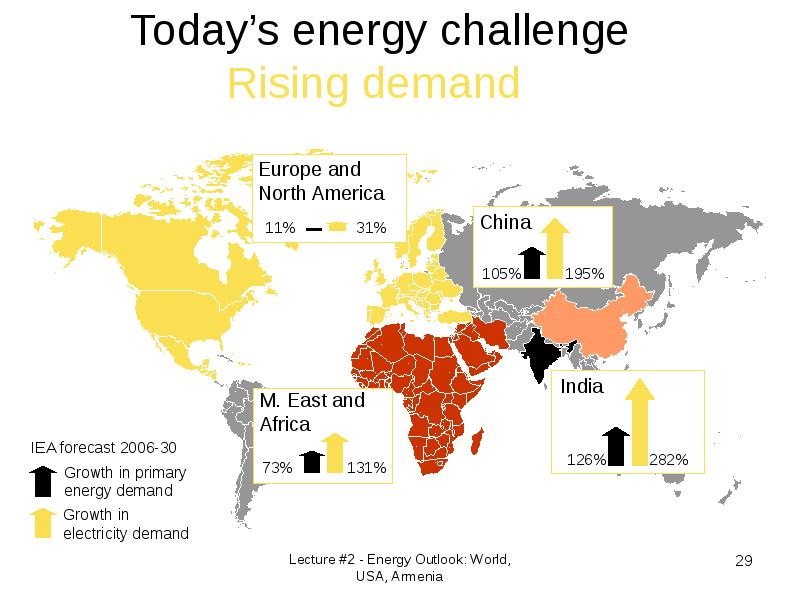Готовые презентации на тему:
- Образование
- Искусство и Фото
- Наши презентации
- Авто/мото
- Технологии
- Бизнес и предпринимательство
- Карьера
- Данные и аналитика
- Дизайн
- Устройства и комплектующие
- Экономика и Финансы
- Машиностроение
- Развлечения и Юмор
- Путешествия
- Eда
- Политика
- Юриспруденция
- Здоровье и Медицина
- Интернет
- Инвестиции
- Закон
- Стиль жизни
- Маркетинг
- Мобильные технологии
- Новости
- Недвижимость
- Рекрутинг
- Розничная торговля
- Таможня, ВЭД, Логистика
- Наука
- Услуги
- Программное обеспечение
- Спорт
- Музыка
- Шаблоны презентации
- Детские презентации
- Английский язык
- Астрономия
- Алгебра
- Биология
- География
- Геометрия
- История
- Литература
- Информатика
- Математика
- Обществознание
- Русский язык
- Физика
- Философия
- Химия
- МХК
- ОБЖ
- Окружающий мир
- Педагогика
- Технология
- Начальная школа
- Раскраски для детей
- Товароведение
- Менеджмент
- Страхование





![Units 3
Calorie (cal) = heat to increase by 1°C the 1 gram of water.
Joule (J):
- energy required to exert a force of one newton for a distance of one meter.
- The work required to move an electric charge of one coulomb through an electrical potential difference of one volt; or one coulomb volt, with the symbol C·V.
- The work done to produce power of one watt continuously for one second; or one watt second (compare kilowatt-hour), with the symbol W·s. 1 kWh = 1000 W · 3600 S = 3.6 · 106 J (W·s) = 3.6 MJ.
1 cal ≈ 4.184 Joules
BTU = British Thermal Unit = amount of heat required to raise the temperature of one pound of water by one degree Fahrenheit. 143 BTU is required to melt a pound of ice.
1 BTU ≡ 1054.35 Joules ≈ 1/3600 kilowatt hour.
MMBTU = 1 000 000 BTU, here M = Mille = 1000 (not Mega, every where else M = Mega = 1 000 000)
We will frequently use:
Exajoule (EJ) = 1018 J, 1 EJ = 277.[7] billion kWh;
Quad = quadrillion BTU = 1015 BTU, 1 EJ ≈ 1 Quad
https://en.wikipedia.org/wiki/Orders_of_magnitude_(energy)](/documents_6/8fa3bd2e0372bb5cecd36f5fc8767884/img4.jpg)
























































